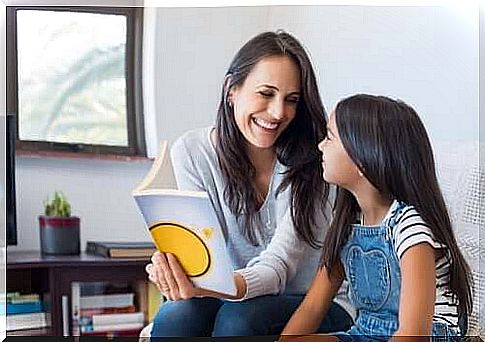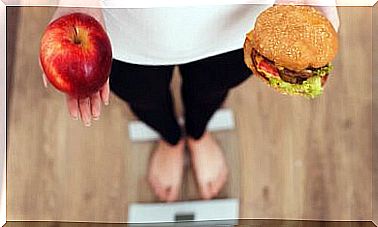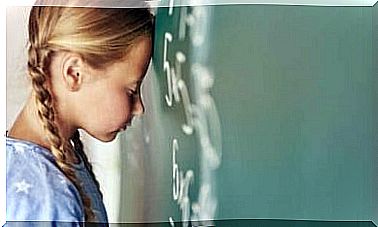Learn To Read With The Syllable Method Step By Step

Thanks to the educators Friedrich Gedike and Samuel Heinicke, children today can learn to read with the syllable method. These focused on finding a technology that enabled children to learn to read in a much faster and more efficient way. Therefore, they developed the syllable method, which uses syllables and their combinations to make the process of learning to read easier.
According to some articles, such as “Writing and Reading: Social fact, not natural” , the syllable method is a derivation of the phonetic method. The reason why this is effective is that it is important for children to understand how each word sounds separately before the syllables are presented to them. Only then will they be able to make suitable combinations.
Learning to read with the syllable method – this is how the teaching is carried out in the classroom
As an article entitled “Initial Writing and Cognitive Style” points out, this method helps children correctly recognize and use the spellings that represent each letter of the alphabet and make combinations with them according to the rules of the language they are trying to learn.
Therefore, it is important to follow the following steps when practicing it in the classroom.
Vowels and consonants
During the application of the syllable method, all exercises to be done with the students should focus on the vowels first. The work with the consonants comes later. Let us see them in an exemplary way to understand this:
- Learning vocals. The vowels are taught with emphasis on how they are read and written. The students thus begin by reading them aloud and identifying the sound with the corresponding spelling.
- Learning consonants. We should not teach these in an isolated way, but together with the vowels that the students already know. This is why teachers often teach simple combinations first, such as ma-me-mi-mo-mu. The important thing is that each student becomes familiar with the sound of the consonants attached to the vowels.
These are the first exercises that teachers can apply in the classroom, as they are the basis of this method. It is a good idea to use colors, especially in consonant and vowel combinations, to make learning easier. When this first step is complete, we can move on to the next.

Learning to read with the syllable method: working with syllables
Step one is complete. Students are familiar with vowels and consonants and with some of their combinations. Now it is important to go one step further.
As you can see, the syllable method is progressive and the difficulty increases as the students learn more. Here are some important exercises for how to work with syllables in a more advanced way:
- Introduce a consonant in the vowel-consonant combinations. We talk about exercises where students work on pronouncing and spelling combinations such as bra-bre-bri-bro-bru.
- Work with syllables in reverse order. At this point, students have seen combinations where the consonant comes first (or two consonants) and then the vowel. But now we face the challenge of changing this order. Thus, you can work with, for example, al-el-il-ol-ul or -ar-er-go-or-ur.
Working with the syllables in this way allows the children to learn how the pronunciation can be changed on the same consonant depending on the vowel next to it. For example, the pronunciation of “k” in “cherry” and “school” respectively.
Diphthongs, triftongs and mixed syllables
Once the children have mastered the first lessons, it is time to move on to the next step. Now let’s start looking at other combinations that can occur with vowels and consonants. We are talking about diphthongs, triftongs and mixed syllables. Let’s look at some exercises you can do for this purpose:
- Diphthongs. These are pretty simple. The children learn to work with simple diphthongs such as ao-oi-ou, in addition to a series of additional possible combinations.
- Triptons. In these you add another vowel to the previous units. It is a slide from one vowel to another and into a third.
- Mixed syllables. In this case, the syllables studied at the beginning (consonant + vowel) are combined with those performed in reverse order (vowel + consonant). All this forms the same word.

Meaning formation and expressive reading
When all these steps are completed, students should feel prepared to start building ever broader sentences until they form long sentences. The goal of the syllable method is that they should be able to read and understand a text easily without major complications.
This method has proven to work very well. It allows children to get acquainted with different spellings and sounds. As a result, they will not only be able to read a text, but also understand it. In addition, it encourages them to learn to write sentences and even short texts themselves.
This is perhaps not one of the most famous methods in the world. For teachers, however, it is very easy to integrate into the classroom. The important thing is to gradually increase the difficulty level of the exercises to give the children the opportunity to learn at their own pace. It can give very positive results!








